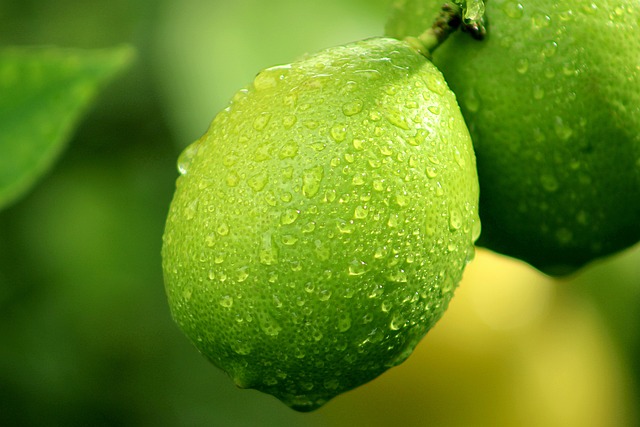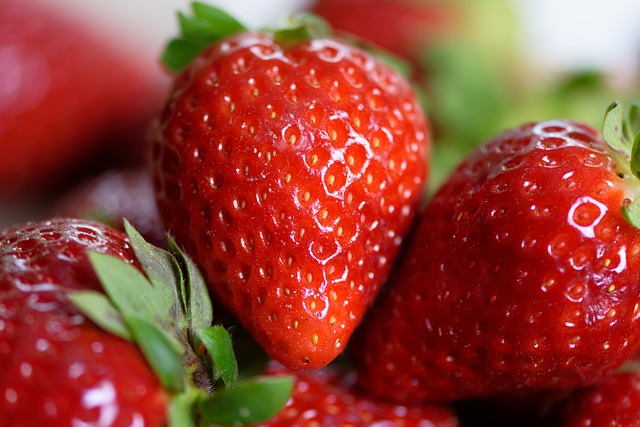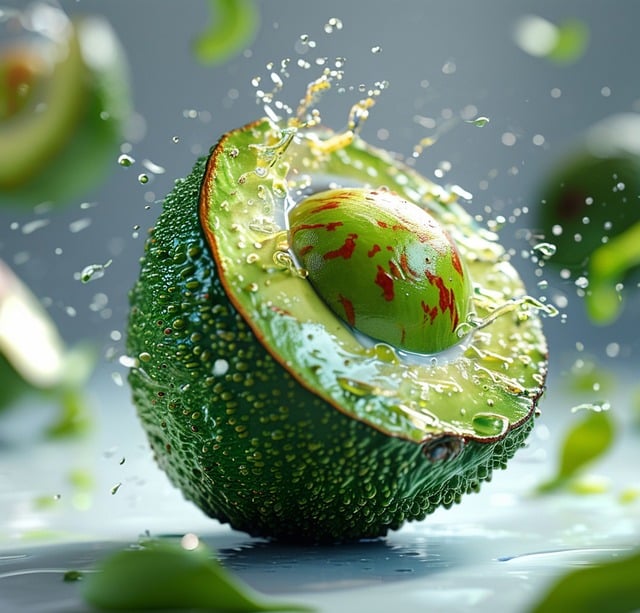Category
Our Best Sellers
-
 Cras viverra rhoncus
Rated 5.00 out of 584.00$
Cras viverra rhoncus
Rated 5.00 out of 584.00$ -
 Suspendisse volutpat massa
Rated 4.00 out of 539.00$
Suspendisse volutpat massa
Rated 4.00 out of 539.00$ -
 In fringilla felis non nulla porta rutrum
Rated 3.00 out of 5
In fringilla felis non nulla porta rutrum
Rated 3.00 out of 578.00$Original price was: 78.00$.65.00$Current price is: 65.00$. -
 Aliquam erat volutpat
Rated 2.00 out of 550.00$
Aliquam erat volutpat
Rated 2.00 out of 550.00$ -
 Suspendisse gravida lacus varius
Rated 1.00 out of 5
Suspendisse gravida lacus varius
Rated 1.00 out of 533.00$Original price was: 33.00$.22.00$Current price is: 22.00$. -
 Théière marocaine artisanale en argent
120.00$
Théière marocaine artisanale en argent
120.00$
-
 Cendrier Authentique et Décoratif
30.00$
Cendrier Authentique et Décoratif
30.00$
-
 Suspendisse vehicula at dui
56.00$
Suspendisse vehicula at dui
56.00$
-
 Aenean non pellentesque mauris
Aenean non pellentesque mauris
68.00$Original price was: 68.00$.55.00$Current price is: 55.00$. -
 Nulla feugiat felis tempor sem
61.00$
Nulla feugiat felis tempor sem
61.00$
Popular
-
 Théière marocaine artisanale en argent
120.00$
Théière marocaine artisanale en argent
120.00$
-
 Cendrier Authentique et Décoratif
30.00$
Cendrier Authentique et Décoratif
30.00$
-
 Aliquam erat volutpat
Rated 2.00 out of 550.00$
Aliquam erat volutpat
Rated 2.00 out of 550.00$ -
 Cras viverra rhoncus
Rated 5.00 out of 584.00$
Cras viverra rhoncus
Rated 5.00 out of 584.00$ -
 Suspendisse volutpat massa
Rated 4.00 out of 539.00$
Suspendisse volutpat massa
Rated 4.00 out of 539.00$


Lemons (Citrus limon) are among the most recognizable and widely used fruits in the world. Their vibrant yellow color and distinct sour flavor make them a culinary favorite, but their significance extends far beyond the kitchen. This essay delves into the botany of lemons, tracing their origins, growth habits, ecological roles, and uses in human culture.
Botany of the Lemon
Taxonomy and Classification
Lemons belong to the family Rutaceae, which is commonly referred to as the citrus family. Within this family, lemons are classified as follows:
- Kingdom: Plantae
- Division: Angiosperms
- Class: Eudicots
- Order: Sapindales
- Family: Rutaceae
- Genus: Citrus
- Species: C. limon
The genus Citrus includes other well-known fruits such as oranges, limes, and grapefruits, all of which share similar characteristics and evolutionary backgrounds.
Morphology
The lemon tree is typically a small, evergreen tree or shrub that can reach heights of up to 20 feet. Its leaves are dark green, glossy, and oval-shaped, often with a distinctive serrated edge. The flowers are small, white, and fragrant, containing both male and female reproductive organs, allowing the plant to self-pollinate.
Fruit Characteristics
The lemon fruit itself is a hesperidium, a type of berry characterized by a leathery rind and a segmented interior filled with juicy pulp. The outer layer, known as the exocarp, is smooth and often glossy, while the inner layer, or mesocarp, is spongy. The pulp consists of numerous juice-filled vesicles, contributing to the fruit\’s high acidity and distinctive flavor.
Growth Conditions
Lemon trees thrive in warm, subtropical to tropical climates. They prefer well-drained, sandy soils with a pH of 5.5 to 6.5. Adequate sunlight is crucial for optimal growth, with lemon trees requiring at least 8 hours of direct sunlight per day. They are relatively drought-tolerant but benefit from regular irrigation, especially during fruit development.
Reproduction and Cultivation
Lemon trees can be propagated through seeds, cuttings, or grafting. Seed propagation is less common due to the variability in fruit quality among seedlings. Grafting onto rootstocks is a preferred method as it can enhance disease resistance, improve fruit quality, and allow for the cultivation of specific varieties.
Lemon trees typically begin to bear fruit 3 to 5 years after planting, with peak production occurring between 5 and 15 years of age. The fruit is harvested when it reaches full size and a bright yellow color, usually from late winter through spring, depending on the variety and local climate.
Historical Context
Origins and Domestication
Lemons are believed to have originated in Southeast Asia, particularly in regions of India, Myanmar, and China. Historical records suggest that lemons were cultivated in the Middle East by around 100 CE, and by the 11th century, they had spread to the Mediterranean region, where they became a staple crop.
Lemons were highly valued by ancient civilizations, including the Egyptians and Romans, not only for their culinary uses but also for their medicinal properties. In medieval Europe, lemons were used to prevent scurvy, a disease caused by vitamin C deficiency, highlighting their importance in maritime exploration.
Cultural Significance
Throughout history, lemons have held cultural significance in various societies. In Italy, they are celebrated in culinary traditions, particularly in dishes like limoncello. In Middle Eastern cuisine, lemons are often used in marinades and dressings, imparting a distinct tangy flavor. In Japan, yuzu, a citrus fruit closely related to lemons, is revered in traditional dishes and festivals.
Ecological Role
Biodiversity and Ecosystem Services
Lemon trees play a vital role in their ecosystems. They provide food and habitat for various organisms, including birds, insects, and mammals. The fragrant flowers attract pollinators such as bees, which are crucial for the fertilization of the flowers and subsequent fruit development.
In agricultural settings, lemon orchards can contribute to biodiversity by providing habitats for beneficial insects that help control pest populations. Additionally, lemon trees can improve soil health through organic matter input and nutrient cycling.
Pests and Diseases
Despite their resilience, lemon trees are susceptible to various pests and diseases. Common pests include aphids, spider mites, and citrus leaf miners. Diseases such as citrus greening (Huanglongbing) and root rot can severely impact lemon production. Integrated pest management (IPM) strategies, including the use of biological controls and resistant varieties, are essential for sustainable lemon cultivation.
Uses of Lemons
Culinary Applications
Lemons are celebrated for their culinary versatility. Their juice and zest are used in a wide array of dishes, from marinades and dressings to desserts and beverages. The acidity of lemon juice enhances flavors, balances sweetness, and tenderizes meats. Popular uses include:
- Beverages: Lemonade, lemon-infused water, and cocktails like the classic gin and tonic.
- Savory Dishes: Lemon juice and zest in salads, marinades, and sauces.
- Baked Goods: Lemon cakes, tarts, and cookies, where the fruit\’s acidity adds brightness.
Nutritional Value
Lemons are low in calories and a rich source of vitamin C, providing about 51% of the daily recommended intake in a medium-sized lemon. They also contain small amounts of other essential nutrients, including potassium and fiber. The antioxidants found in lemons contribute to overall health, supporting immune function and skin health.
Medicinal Uses
Historically, lemons have been used for their medicinal properties. The high vitamin C content helps boost the immune system, while the antibacterial and antiviral properties of lemon juice may aid in preventing infections. In traditional medicine, lemon has been used to treat digestive issues, sore throats, and skin conditions.
Essential Oils and Aromatherapy
Lemon essential oil, extracted from the peels of lemons, is widely used in aromatherapy for its refreshing scent and mood-enhancing properties. It is believed to reduce stress and anxiety and improve mental clarity. In addition, lemon oil has applications in cleaning products due to its natural antibacterial properties and pleasant fragrance.
Environmental Impact and Sustainability
The cultivation of lemons, like many agricultural practices, has ecological implications. The use of pesticides and fertilizers can lead to soil degradation and water pollution. Sustainable practices, such as organic farming and integrated pest management, are essential for minimizing environmental impact.
Conclusion
The lemon is a remarkable fruit that encompasses a rich tapestry of botanical characteristics, historical significance, and diverse applications. From its origins in Southeast Asia to its global prominence today, the lemon has evolved into a staple ingredient in kitchens worldwide. Its contributions to health, culinary arts, and ecological systems underscore its value beyond mere flavor.
As we continue to explore sustainable agricultural practices, the lemon will undoubtedly play a vital role in future food systems. By understanding its botany, history, and uses, we can appreciate the lemon not only as a culinary delight but also as a symbol of resilience and adaptability in both nature and human culture.
Written by hicham
Best offers
Join Risk Free
30 days refund
100% Safe
Secure Shopping
24x7 Support
Online 24 hours
Best Offers
Grab Now
Shipping worldwide
Delivery to all countries of the world.
Know Us

Neque viverra justo nec ultrices dui sapien eget. Gravida cum sociis natoque penatibus. Imperdiet proin fermentum leo vel orci porta non
Read MoreStore Updates



Product Showcase







